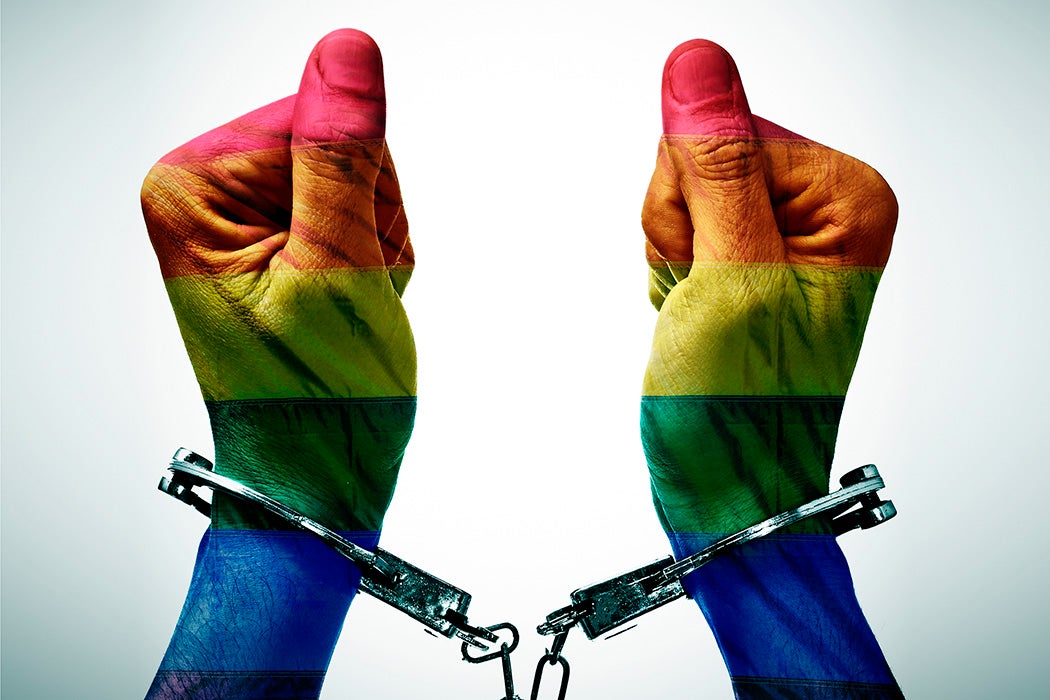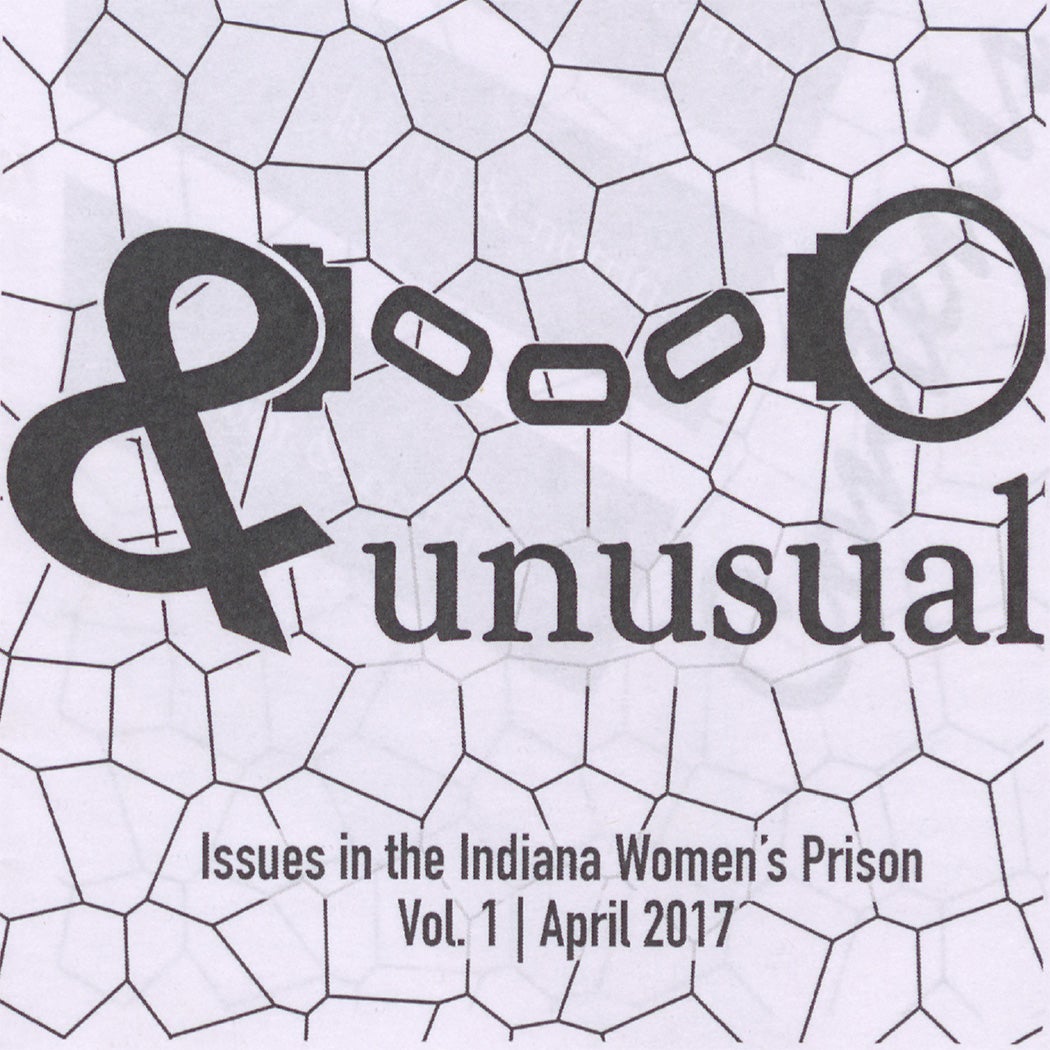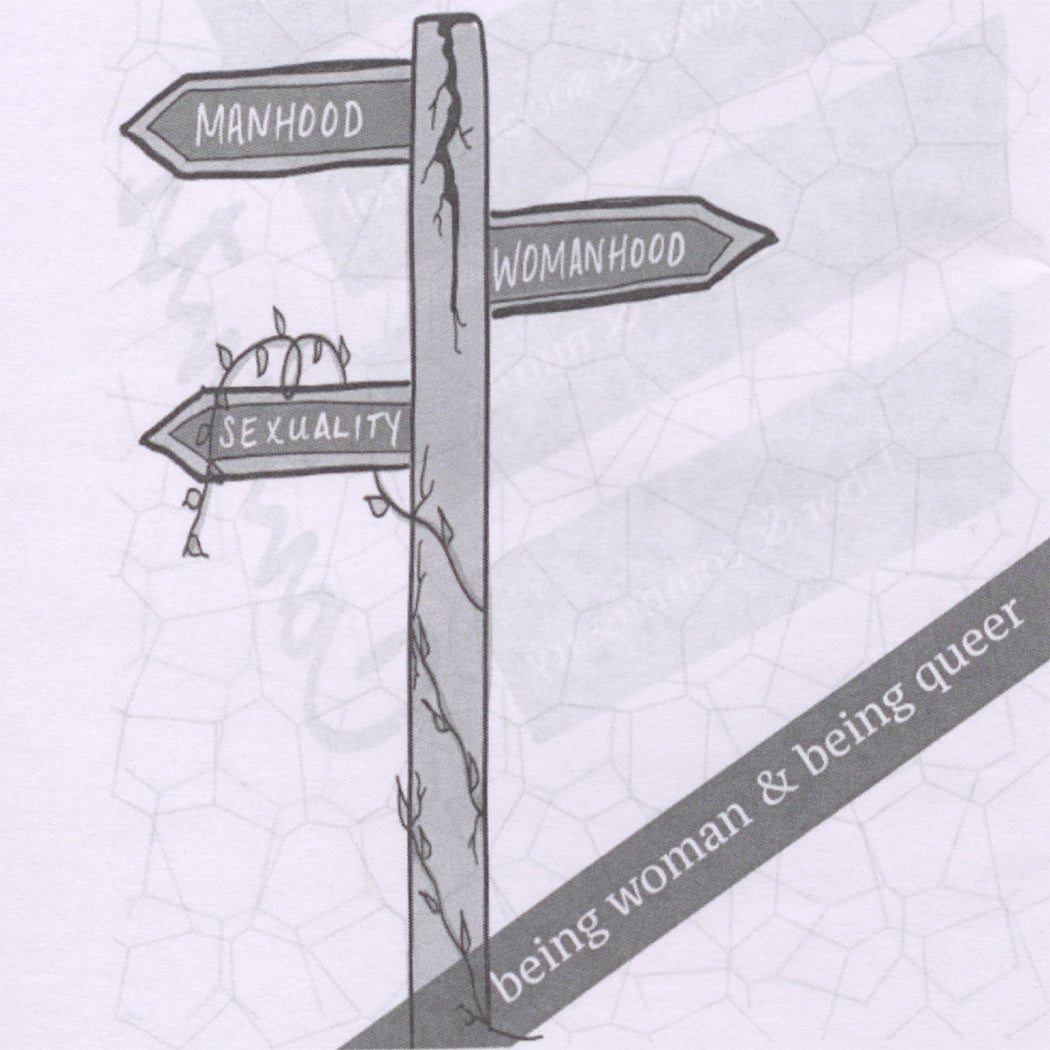In 1989, Kimberlé Crenshaw, a notable critical race theorist, coined the term intersectionality to explain the violence, discrimination, and oppression Black women experience at the intersections of race and gender. Intersectionality challenged anti-discrimination laws that treated race and gender as two mutually exclusive categories. As a framework, intersectionality allows us to examine “where power comes and collides.” Humans occupy many markers of identity: ethnicity, race, sex, gender, sexuality, and class are examples of the various categories an individual can belong to. When multiple categories merge and are excluded, there’s an increased risk for experiencing discrimination and violence.
Just a few short years after Crenshaw coined the term “intersectionality,” public high school teacher Rodney Wilson, along with several other teachers and community leaders in Missouri decided that October should be dedicated to celebrating and studying lesbian and gay history. LGBTQ History Month coincided with National Coming Out Day—October 11—and in 1995 the General Assembly of the National Education Association incorporated LGBTQ History month into its list of commemorative months.
Weekly Newsletter
Teaching LGBTQ+ History is as much about deepening students’ understanding of American history as it is about increasing students’ awareness of a marginalized group. A Gallup poll found that the LGBTQ+ population has been increasing in recent years with 5.6% of the US population self-identifying as LGBTQ+ in 2020 compared to 7.1% in 2022. Students who engage with LGBTQ+ history are not only learning about the contributions LGBTQ+ people have made to our nation, but they examine how sexuality and gender identity can impact one’s experience with violence and harassment. Moreover, intersectionality helps restore LGBTQ+ History to its origins: a social movement that prioritized liberation over acceptance.
Therefore, it is imperative that we incorporate an intersectional framework into both the teaching and learning of LGBTQ+ History if we want to sharpen students’ critical thinking skills and promote civic engagement.
Teaching LGBTQ+ History
Teaching LGBTQ+ History can be a daunting task. Where does it start? Where does it end? What people were central to the movement? Does it get its own course or should it be embedded within a Women’s and Gender Studies course? Should it be embedded in a History course? What kinds of activities should we assign? How do we assess my students’ understanding of LGBTQ+ History? What strategies do we incorporate to ensure engagement?
These are all very valid questions. However, these questions can also create blocks in a teacher’s instructional practices.
One thing to keep in mind for teaching LGBTQ+ History is that, as a teacher, you can’t teach all the things. However, you can teach a couple of things in a very in-depth manner.
What’s prison got to do with it?
Just as intersectionality is a tool used to examine power, prison is a tool used to maintain power. In his seminal work Discipline and Punish: The Birth of the Prison, Michel Foucault traces the history of the penal system to explain how prison became the primary and ultimate form of punishment. Consequently, prison becomes a legal tool used to further oppress people.
According to the Prison Policy Initiative, LGBTQ+ youth makeup 9.5% of the general US population, but they represent 20% of youth in the juvenile justice system. This disparity is also seen in adult prisons where gay, lesbian, and bisexual people are two times more likely to be arrested in comparison to their heterosexual and gender-conforming counterparts. Furthermore, lesbian and bisexual women are four times more likely to be arrested than straight women. Moreover, The Sentencing Project reports that “Women and girls drive the higher representation of LGBTQ+ people in prison, jails, and youth facilities—as do LGBTQ+ people of color.”
During the 1990s, when Crenshaw and Wilson were advocating for intersectionality and teaching LGBTQ+ history, respectively, incarceration rates were rising exponentially across the United States. In 1990, there were 771,243 people in federal or state correctional facilities. By the end of the decade, that number had risen to 1,366,721. And while the COVID-19 pandemic led to a decline in prison populations—many courts had halted operations—there are still over two million people incarcerated today. Therefore, it is worth studying how prison—as a place and system that exercises power—further puts LGBTQ+ people at risk for violence and harm.
Lisa’s Experience
Issues in the Indiana Women’s Prison details one woman’s experience with discrimination and harassment due to her sexual orientation. Lisa’s experience reveals not only the impact prejudice can have on one’s identity but also the shape prejudice takes in the carceral setting. What begins as a disciplinary write up snowballs into 30 days of solitary confinement and a legal battle to clear Lisa’s record.
Lisa and her girlfriend Maria were together in the recreation yard when a captain accused them of kissing. Lisa is adamant that she wasn’t kissing her girlfriend. Instead, she was smelling Maria’s new deodorant—a deodorant they can’t usually get. Lisa tries to explain herself and proposes the captain review the camera footage; she’s sure the captain will not see her and Maria kissing. Instead, the captain ignores her and threatens her with solitary confinement. Lisa walks away.
When Lisa is written up on a Class B conduct report for committing a sexual act, she is punished for being a woman who is in close proximity to another woman. The write up demonstrates one way in which intimacy between LGBTQ+ individuals becomes both sexualized and criminalized. This sexualization and criminalization gained momentum particularly during the mid twentieth century when “criminologists depicted lesbian inmates as menacing social types. Furthermore, psychologists joined criminologists in publishing books and articles that insisted that “homosexuals ‘present the greatest sexual problem’ in women’s prisons.” Although Lisa’s race is never disclosed, students still have multiple lenses through which they must examine the injustice Lisa faces: her gender, sexuality, and presence in prison. With an intersectional framework, Lisa’s experience is placed within a historical context that traces the various ways power is constructed and maintained overtime.
After the captain ignores Lisa, she is intent on clearing her name, which is important because imprisonment can greatly affect one’s sense of identity. The write-up alters both Lisa’s identity and her narrative. “Human beings are storytellers” and many people in prison struggle to develop a positive self narrative due to their captivity. While Lisa doesn’t seem to have any internal shame about her sexual identity, she cannot escape the prejudice others exhibit about it. Furthermore, she cannot escape the negative ramifications of being seen as a “sex problem” or a “menacing social type.”
Lisa is prohibited from talking to Maria, and they are both subject to random searches. For three weeks, she walks around paranoid, waiting for her hearing so she can clear her name. However, the hearing does not go as planned: many of her rights were violated. She didn’t receive her hearing in a timely manner. The hearing officer had not viewed her evidence. By the end of it all, she was given 30 days in solitary confinement, and she lost 30 days of good time.
Lisa’s hearing portrays how individual prejudice against marginalized people is maintained through systemic measures. Furthermore, her hearing has had a tremendous impact on her ability to “cope with the laws of captivity.” Both the write-up and the hearing prevent Lisa from constructing a more positive self narrative that could alleviate her “feelings of existential despair and meaninglessness.” After her hearing, she begins an arduous process of appealing the hearing decision. She writes an appeal to the superintendent and later to the Department of Corrections. When that proves fruitless, she writes to a representative from the American Civil Liberties Union, which results in her filing a Habeas Corpus. However, she receives no guidance in filing the Habeas Corpus, and by this time the prison has hired an attorney to dispute Lisa claims. Eventually, the superintendent grants her a rehearing. She is found not guilty and the write-up is “removed from [her] ‘packet,’ but not from [her] (existence).” Lisa’s encounters with officials in a carceral setting affect her personhood, her sexual identity, and most importantly, her hopes and dreams.
Instructional Guide
Step 1: Have students read Lisa’s narrative from Issues in the Indiana Women’s Prison (described above). The narrative is relatively short, so you may choose to have students read the piece individually. However, reading the narrative in class together could be even more beneficial. While read alouds are typically reserved for early or struggling readers in K-12 school settings, they are effective in helping post-secondary students engage in think alouds, which can transform reading into “a process of problem identification or problem solving.” This process is important for helping students think critically about issues of sexuality-based prejudice and discrimination in prison.
Step 2: Students should compile a list of topics that Lisa’s narrative touches upon. This can be done in small groups, or you may choose to compile the list together as a class. Even if you’ve decided to have students read independently, this step still allows for students to engage in a think aloud. Here are a few topics/issues you want to be on the lookout for:
- Self-advocacy
- Hope and Determination
- Intimate relationships
- Sexuality and identity
- Self-narrative and imprisonment
- Prisoners’ rights
- Women’s experience in prison
- Solitary Confinement
The list begins with topics/issues pertaining to personhood. As you go further down the list, the topics/issues speak to specific issues within the field of incarceration. You’ll want students to engage in both.
Step 3: What to do with the list? One of the many struggles instructors face when having discussions is students not reading. Therefore, it might be worthwhile to select specific passages from the articles provided below. You’ll want students to use Lisa’s narrative as the central text and secondary sources to complement it; this is how you both guide them through critical inquiry and make space for dialogue.
Additionally, it may also be helpful to put students in themed groups. All students will use Lisa’s narrative as their anchor text. However, you may have one group that reads about and discusses womens’ experiences in solitary confinement. Another group might read about lesbian relationships in prison, while another group discusses constructing an identity in prison. This strategy is effective because it will prevent students from feeling overwhelmed with having to look at all the intersections together at one time. Instead each group will be given a small focus.
Reading List:
- Queering Prison Abolition, Now?
- Setting the Record “Straight”: Girls, Sexuality, and the Juvenile Correctional System
- The Prison Lesbian: Race, Class, and the Construction of the Aggressive Female Homosexual, 1915-1965
- Same Difference: The “Dilemma of Difference” and the Incarceration of Transgender Prisoners
- Introduction: Women, the Criminal Justice System, and Incarceration: Processes of Power, Silence, and Resistance
- Identity, Imprisonment, and Narrative Configuration
- An Analysis of Inmate Explanations for Lesbian Relationships in Prison
- The Effects of Solitary Confinement on Prison Inmates: A Brief History and Review of the Literature
- Imprisoning Rights: The Failure of Negotiated Governance in the Prison Inmate Grievance Process
Step 4: Facilitate a whole class or small group discussion. Start the discussion with a few minutes of writing. This is a good strategy to ensure that students are prepared to engage in a critical conversation with their peers. Students can be given anywhere between 5-10 minutes to not only write their thoughts about their assigned reading passages but also formulate questions they’d like to pose to the group. Assure students that these can be questions about the texts or the issues.
Now, students are ready to have their discussion about the various themes found in Lisa’s story. Allot 20-25 minutes for this. Students will have a good amount of time to engage in rich conversation, without worrying about idleness. After this time, they can share aloud with the class. This step is where all the threads of Lisa’s story come together and students can start to apply an intersectional framework to understand the full complexity of her situation, where “power comes and collides.” You’ll want to encourage students to share a few points of their small group discussion and make connections between what they’re hearing from their peers. This sharing out and synthesizing process will allow students to build on one another’s thinking and gain practice articulating themselves. By the end of discussion, students will have engaged in a core tenet of LGBTQ+ History: learning more about a group of people whose stories and experiences have been erased and neglected.
Support JSTOR Daily! Join our new membership program on Patreon today.









